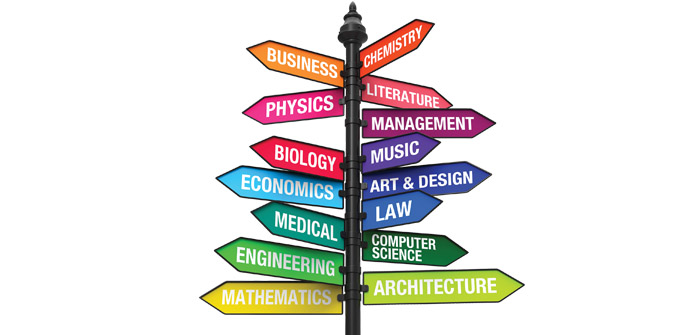Over the years I’ve had the opportunity to do some management consulting for a variety of different businesses – manufacturing, merchandising, and service. One thing I’ve learned in these engagements is that companies with a cost accounting system in place are more competitive in the market. They are more competitive because they have an accounting system that provides accurate and relevant cost information. And with this type of information, a company can track and control costs and better price their products or services in the market.
With an effective cost accounting system in place, a business owner can determine the relevant material, labor, and overhead costs for each product sold or each service provided. Cost information can be tracked in total or on a per unit basis. When the sale is complete, the actual amounts incurred for materials, labor, and overhead can then be compared to some predetermined budget or standard.
Any variances between the actual cost and budgeted cost, whether positive or negative, should be investigated. An effective investigation will help in pinpointing where the production problems are occurring and what needs to be done to correct them. Identifying and correcting problems early aids in controlling future costs. In some sophisticated cost accounting systems, variance analysis and other cost reports can be produced when owners need them – weekly, daily, or even hourly. The timeliness of these reports allows owners to take immediate corrective action if necessary. Traditional financial accounting reports (balance sheet, income statement, etc.) still provide important information for owners, but because they are only prepared yearly, or at best, monthly, their usefulness in quickly addressing production efficiency problems is nominal.
Knowing the true costs of a product will definitely help business owners price their products in the market. A manufacturer should certainly feel more confident in pricing its products if it has accurately calculated materials, labor, and overhead costs. Merchandisers, although they don’t make the products they sell, can better price their products if they understand all the costs incurred to bring their merchandise to market. Service businesses, which have no inventories, must make sure their hourly billing rates exceed the personnel and office overhead costs on a per hour basis.
If you have interest in tracking and analyzing production costs, my recommendation is to look at your current software and see if it has a costing module. For example, even the low priced accounting programs Peachtree Complete and QuickBooks Pro have limited job costing capabilities. If I owned a larger company that needed a more sophisticated cost system, I’d look for a cost accounting software program that was specifically designed for my type of business.
For example, if I were a general contractor I’d review several of the software programs on the market designed for the construction industry. Also, many software vendors will send you a free demo program so you can try out the software before you make a purchase. The price for an accounting software program with costing capabilities will range from $100 to, well, the sky is the limit. And don’t forget there will be training costs incurred to get you and your employees up and running on the program. But, the cost of implementing an effective cost accounting system will most likely be less than the additional revenues you will enjoy due to your more competitive position.
M. Scott Hays is assistant professor of accounting at COCC and can be reached for comment at shays@cocc.edu. 383-7715




